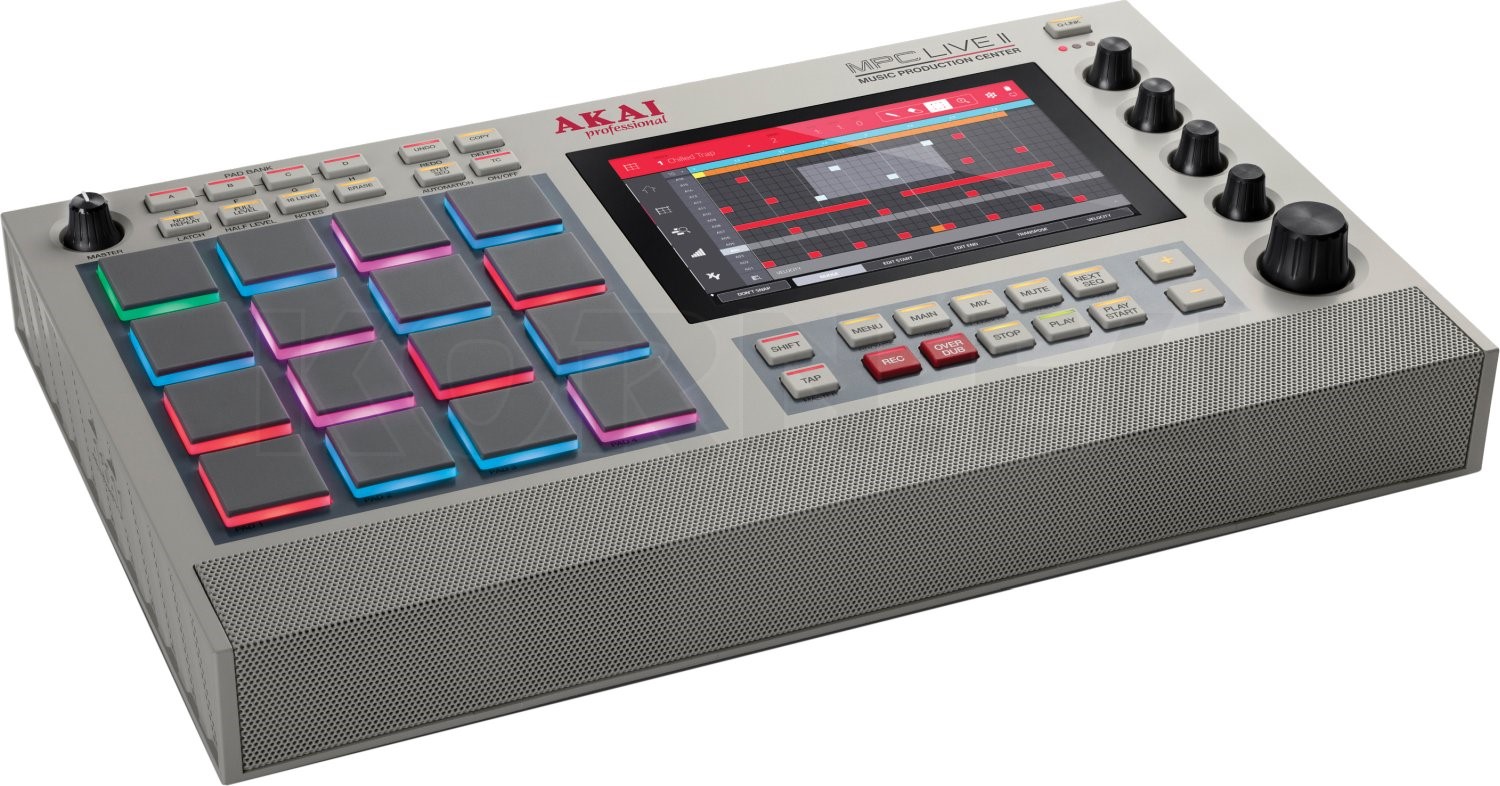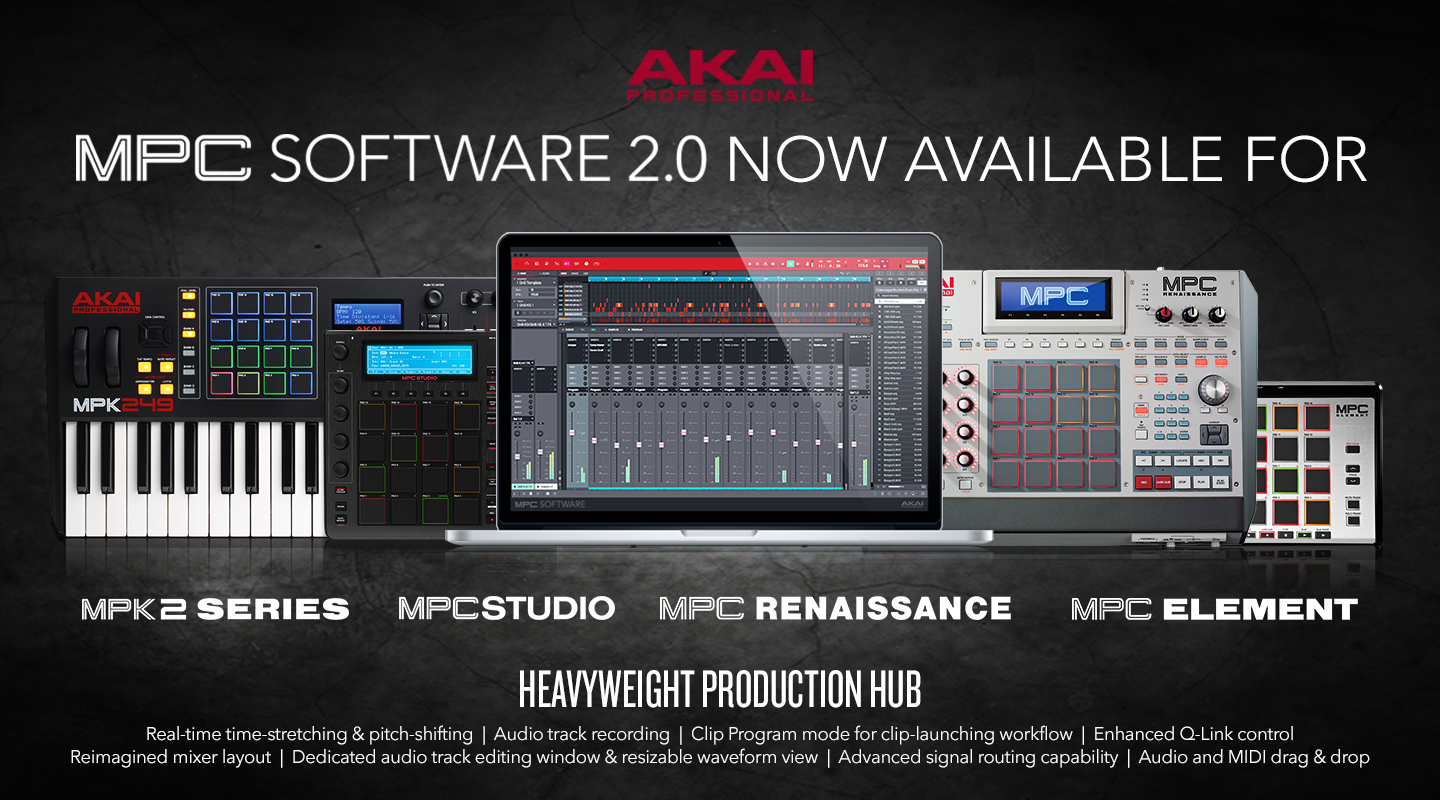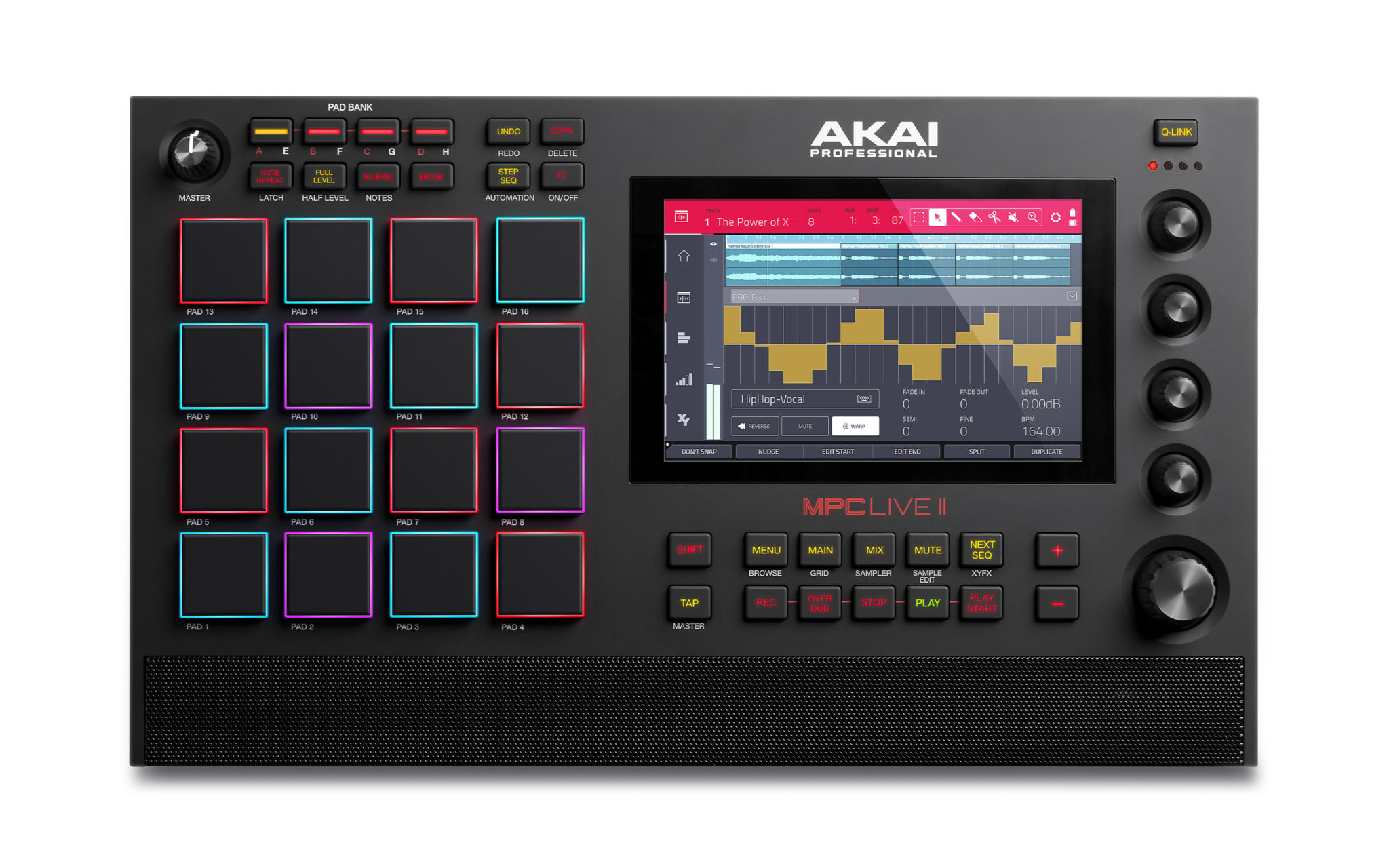

There are 39 buttons on the controller which make for quick selection and mode changing. The dedicated buttons make for an engaging way to interact with the software. If you are coming from the free MPC Beats software or from another way of beatmaking entirely, this is a great way to get into the MPC ecosystem.


Personally, we don’t think it is a drawback and it still gives you some feeling of standalone music production. It is difficult to say if this is a disadvantage as the MPC Studio can be permanently connected to a computer and you can utilise its software interface instead. However, the crispness of the OLED screen is great despite being very small in size. When compared to its predecessor, the MPC Studio’s screen has undergone a massive reduction.

Included in the box are a USB cable, two MIDI breakout cables and instructions on how to get started. Measuring only 305 x 171 x 37 mm, it sits tidily on any desk without taking up too much space. It still has the solid durable feel shared by all MPC hardware, and yet is considerably smaller than the previous-generation MPC Studio. The MPC Studio has a very compact, yet sturdy imprint.


 0 kommentar(er)
0 kommentar(er)
